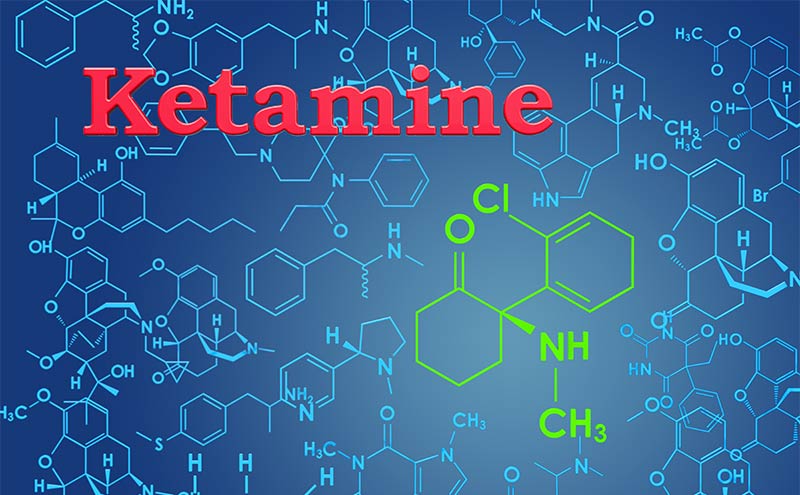
Perspectives on Excited Delirium and Ketamine
Keegan Bradley, MD
One of the article links shared in this quarter’s ACEP TEMS newsletter, “Perspectives on Excited Delirium and Ketamine,” offers a psychiatrist’s point of view on excited delirium (ExDS). Most emergency department physicians are familiar with the use of ketamine for a variety of purposes, including pain management and procedural sedation. Psychiatry on the other hand has focused on ketamine for the past 20 years as a means of treating resistant depression. One clinical condition that spans both emergency medicine and psychiatry is the patient whose agitation is “deemed severe and obstructive to necessary medical evaluation and treatment.” Ketamine has come to the forefront as a medication that many physicians look to for treatment because of its effectiveness and safety profile.
Beginning with the 1800s with the description of “Bells Mania,” through the 1980s when cocaine toxicity syndromes led to the coining of the term excited delirium, to where we are today with recent ketamine controversies, the authors touch on the historical difficulty and critical importance of accurately defining these severely agitated patients with increased risk of mortality.
As the authors point out, psychiatrists consider syndromes as disorders and not diagnoses due to uncertainty of the pathophysiology. ExDS research is ongoing, but no exact objective criteria have been completely accepted. Most diagnostic criteria, including those offered in the 2009 ACEP white paper on excited delirium, are subjective. Treatment has been evolving as well, and there is a developing emphasis on the initial care and treatment of these patients by first responders.
The authors touch on the potential for harm when grouping all agitated patients into the same category, including overly aggressive sedation of the subset of patients with little risk of critical medical emergencies. They express concerns based on prior psychiatric studies of bias applied in diagnosis and medication choice in some psychiatric illnesses. An agitated person is often at the interface of law enforcement, emergency medicine and society. To maintain trust among these parties, they stress that the treatment must not be more harmful than the condition being treated.
To conclude, these authors recognize that both expectations and risks placed upon first responders and ED personnel are high. They point out that ExDS patients are not the ones who calmly drive themselves to the emergency department, but instead are usually brought in by medics or police. They acknowledge the difficulty in rapidly determining which agitated patients have life-threatening conditions, noting that these patients may require both physical and chemical restraint.
Asking police officers to function as medical providers is destined to fail, and this should not be an expectation. There is a careful pairing of safely and aggressively treating these very sick patients, while respecting them as humans, avoiding unethical treatment and being aware of any provider bias. The authors here offer the idea of embedding psychiatric specialists onto teams in both the prehospital and emergency department setting. Their hope is this may decrease the necessity of physical and chemical restraint, while providing a safer means of treatment. They finish the article with reassuring statements recommending that psychiatrists who wish to help, ride out with EMS personnel, and get involved in the field to best understand this difficult situation.
This article is a fair perspective of ketamine and ExDS from a psychiatrist’s point of view and is a good place to begin conversations with our medical colleagues to continue to improve care for these critically ill patients.
Additional Reading
Psychiatric Times: Perspectives on Excited Delirium and Ketamine


